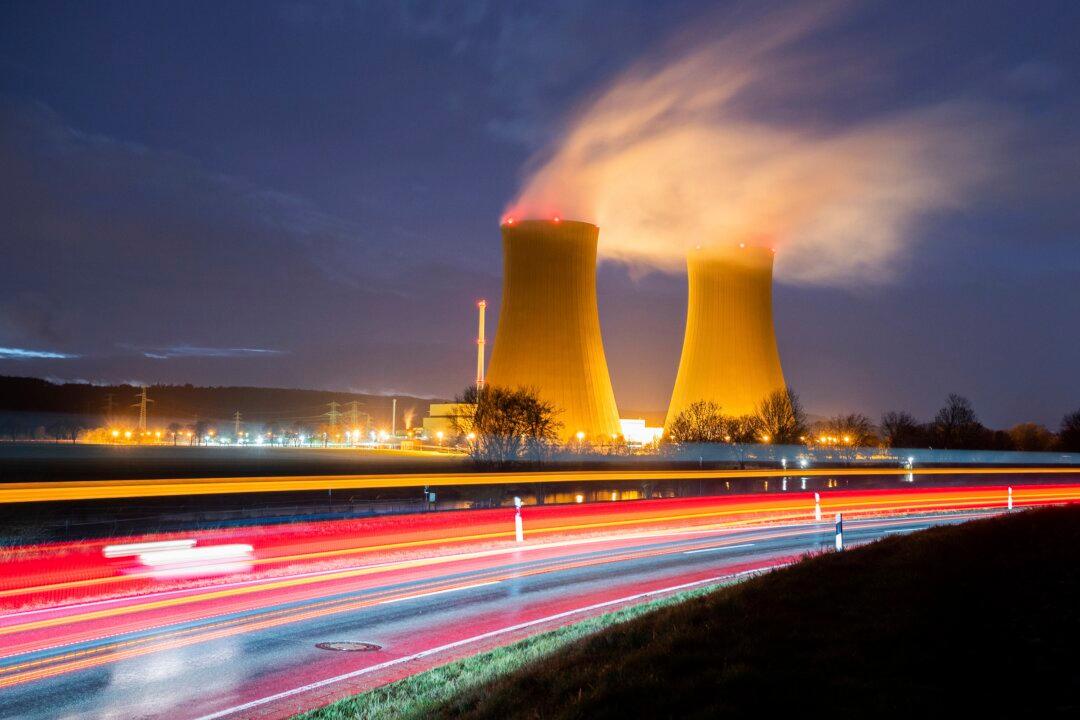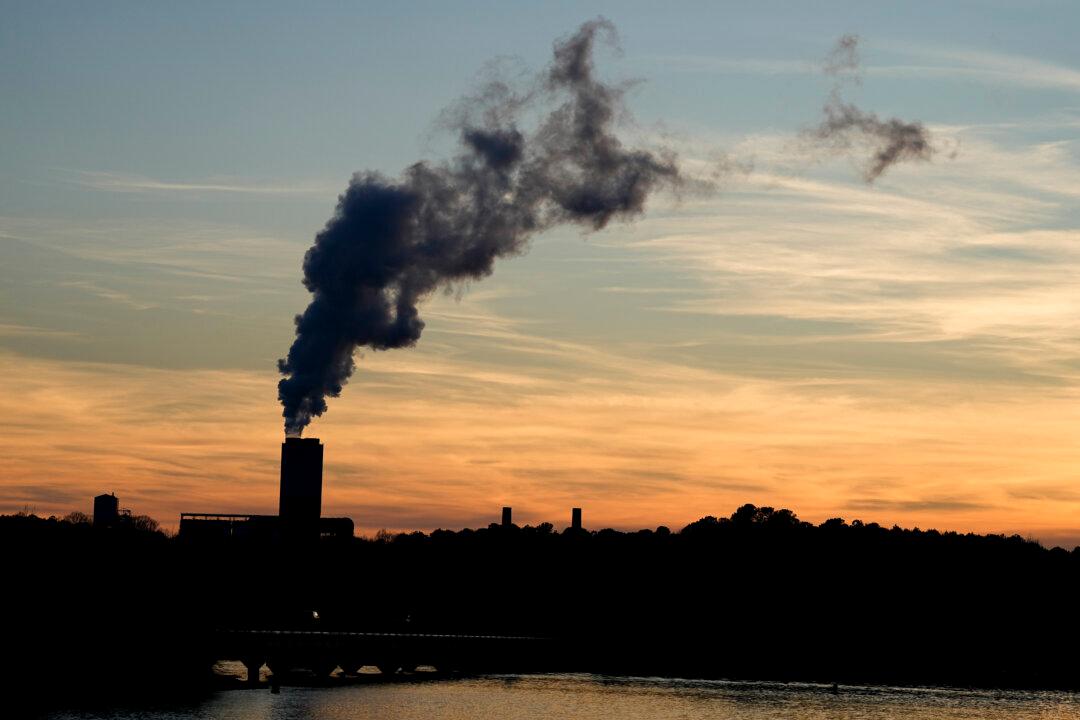Germany will be shutting down its remaining three nuclear power plants this weekend, with the government hoping that renewable energy will be able to compensate for the loss of nuclear power.
The plants are scheduled to be shut down on Saturday, April 15. Two of the plants, Neckarwestheim 2 and Isar 2, are located in Southern Germany. The third one, Emsland Nuclear Power Station, is located in the state of Lower Saxony. Berlin has been looking to phase out nuclear power plants since 2002, with former Chancellor Angela Merkel speeding up the process in 2011 following Japan’s Fukushima nuclear disaster.





